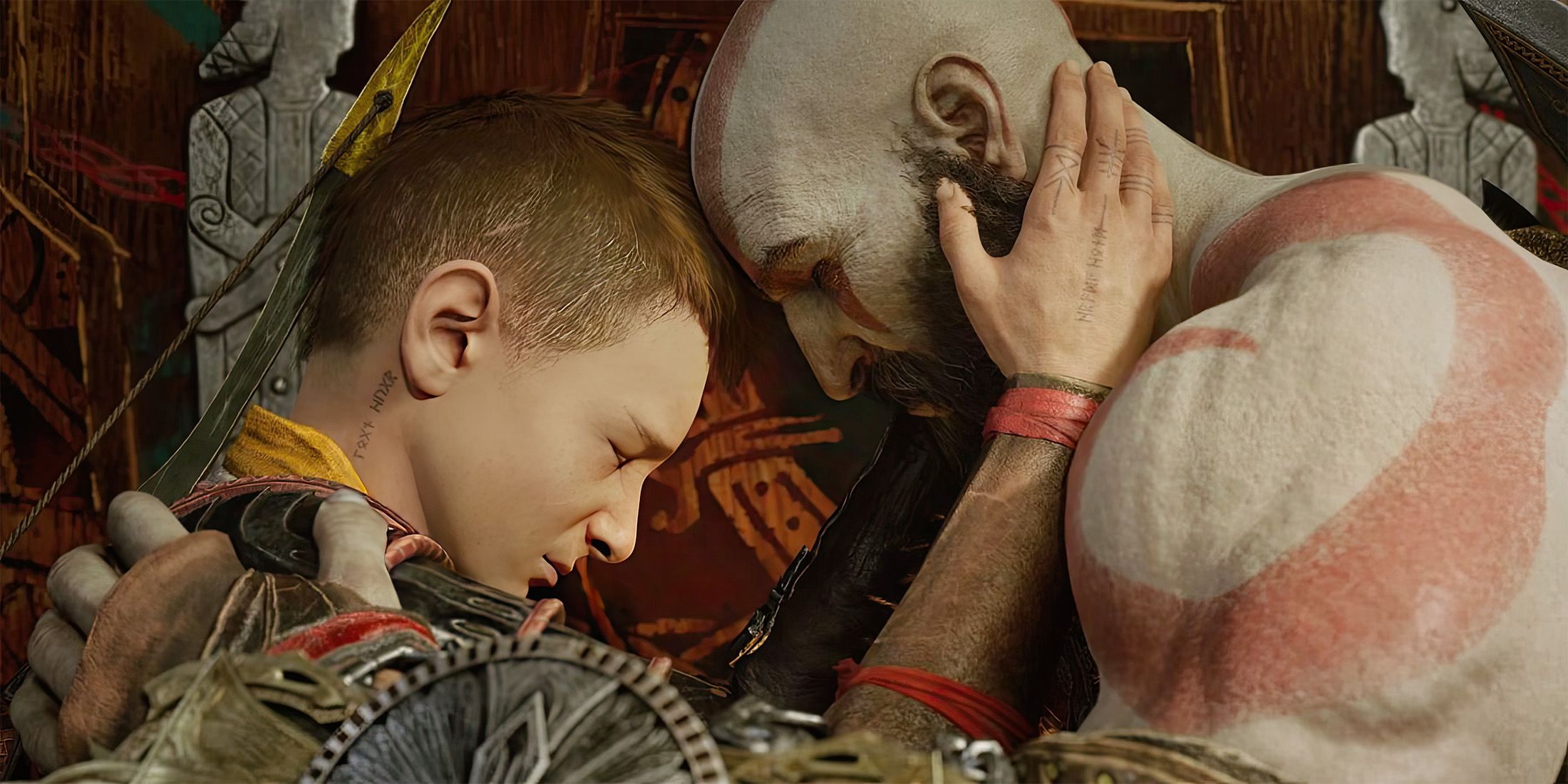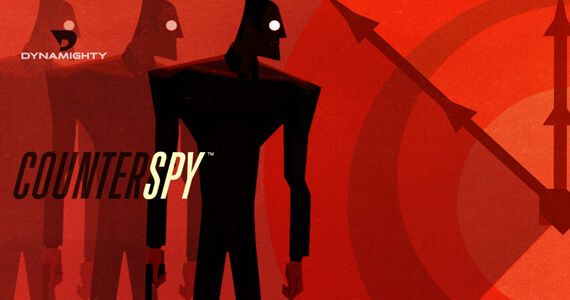One of Sony’s primary focuses for the PlayStation 4, and previously the PS3, is to continue to make PSN the go-to place for indie game developers looking to create content that is unique in both style and gameplay. CounterSpy, from developer Dynamighty, with a helping hand from SCE Foster City Studio, does its best to try to fall into that category. With its flashy, throwback aesthetic and back-to-basics approach to the stealth genre, CounterSpy does manage to create something that feels fresh while maintaining a sense of accessible familiarity. But is that enough for this 2.5D side-scrolling stealth shooter to infiltrate your precious hard drive space and send Sony's PLAY 2014 event out on a high note? Read on to find out.
Set in a fictional Cold War era universe, CounterSpy functions as a lovingly stylized tribute to classic spy thrillers. As two global superpowers remain locked in a nuclear weapons standoff, players take control of a secret agent with no ties to either side and are given the task of retrieving information that will prevent an all out nuclear war. Since the agent is a neutral party in this conflict, players are able to choose the country in which they would like to do their snooping.
This is not simply another shallow “player-freedom” gimmick masquerading as an important gameplay mechanic. Here the decision actually does carry some weight to the proceedings. This is achieved by the fact that both countries have a DEFCON doomsday clock in place that ticks closer to a nuclear launch every time the agent isn't stealthy enough. As players proceed through a mission, getting a military officer to surrender will lower the DEFCON level in that country. So knowing both bits of information (the DEFCON level and the number of officers present in each level) prior to choosing a mission allows the player to thoughtfully plot their path to peace.
It has to be stated that CounterSpy starts off with so much style and flair that it isn’t until a few hours into the game that its primary weakness begins to become very apparent, and the game simply loses steam along the way. It’s a problem that plagues many games but is much harder to overlook in a game as brief as CounterSpy, and that problem is repetition. Mission objectives are a clear example of this as they are basically the same every single time. While sneaking through enemy territory, the player must be on the lookout for computer consoles (Remember this is a '50s and '60s spy game so the computers are fairly hard to miss.) that contain the secret information that will avert the nuclear destruction of the planet. The type of information being retrieved changes, whether it is targets, launch codes, or missile locations, but it’s still the same computer consoles in the same types of levels guarded by the same types of soldiers. The levels are randomly generated so that technically no two levels are the same, but even with this system in place, different missions start to look really too similar too quickly.
Players are able to seek out other bits of information like blueprints for new weapons and upgrades, as well as secret dossiers that will give the agent cash to buy those weapons and upgrades between missions. Up to four weapons and three power-ups may be equipped before any given mission. Playing with different load-out combinations adds an extra layer of strategy to the game, and the variety of weapons and perks available allows the player to capitalize on the strengths of their play-style. These new weapons and abilities become invaluable as the game ramps up the difficulty for the last few missions.
Part of the reason the game feels so satisfying during the first few missions is due to the clean and simple combat mechanics. Employing the most basic of gunplay mechanics and mixing them with solid cover-based shooting, CounterSpy’s combat is weighty and even visceral at times, despite the cartoony, tongue-in-cheek presentation. Controlling the agent feels tight and precise. However, it’s the combat specifically that reveals the game’s other glaring issue; it has a genre-identity crisis. The inability to plant the flag firmly in either stealth or action territory is the only real source of frustration for the player as it makes for an altogether confusing gameplay experience. CounterSpy is labeled as a stealth/action game that gives players the freedom to approach things their own way, but far too often the player is forced to go into action mode. Stealth games are often about strategy and planning ahead, but there were numerous times when the game simply didn't offer that option.
While it certainly isn't a bad thing to switch up the pace from time to time, it’s hard to assume that these jarring moments were by design. With every other mechanic in the game (like patterned soldier patrols, limited ammo and of course the DEFCON system) seemingly plucked directly from the “How to Stealth” handbook, the awkward action moments don't fit. Again, while the combat is generally well executed and gives the player some room for improvisation, it can be frustrating to nearly complete an entire level without being seen only to be forced to “go loud” due to some odd AI placement. And speaking of AI, enemies sometimes appear to have wildly inconsistent fields of vision (another Stealth 101 no-no), making it harder for the player to gauge when and how to make their next move.
All gripes aside, CounterSpy is a good game that is so close to being a great game. When the its strengths are firing in unison, CounterSpy is an experience that can easily be recommended to anyone. With a vibrant visual presentation that jumps off the screen along with a sense of humor and energy that is instantly appealing, CounterSpy does get a lot right. Fans of classic espionage flicks and television, ranging from the early Bond films to the Get Smart television show, should easily be drawn into what this game has on offer. The game is somewhat short, but the always-changing level layouts and the integration of leaderboard score-chasing into the core gameplay will yield a decent amount of replayability for many. And it’s this brevity that may even keep some players from noticing a few of its shortcomings. Perhaps that was Dynamighty’s intention all along, to create a game that gets in and out just like the agent players are controlling.
CounterSpy is currently available on the PlayStation 4, PS3 and PS Vita. The PS4 version was primarily played for this review.
CounterSpy




